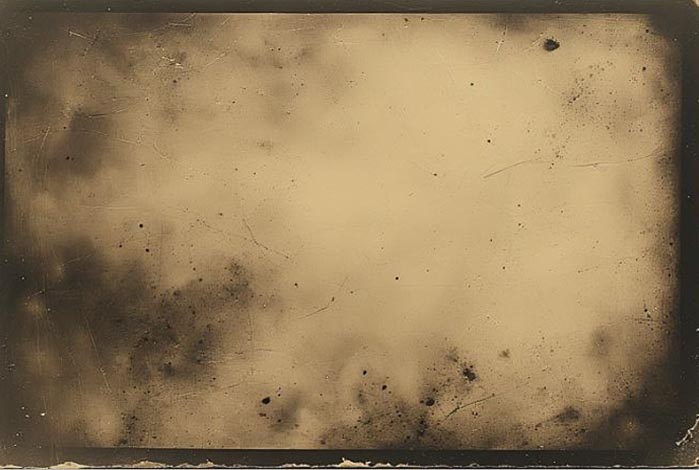This is all we have. A fragment. Perhaps a flaw.
Perhaps an echo.

"This is what it looks like when one tries to see collective blurriness – and fails."
What we see – or fail to see – is not collective blurriness itself, but the impossibility of rendering it visible. And therein lies its power. The image does not disclose; it resists. It offers no clarity, no object, no answer – only a trembling residue of perception, unreliable yet palpable. In a world where visibility is the currency of truth, this refusal becomes radical. The image is not evidence. It is disturbance.
The Notion of "Collective Blurriness"
Collective blurriness names a state in which perception, knowledge, and relation are porous and indeterminate.
It is not a lack, but a generative condition – a way to touch what remains invisible, repressed, or unrepresentable.
To embrace this blur is to resist hegemonic clarity. It becomes both an
epistemic stance and a
political gesture.